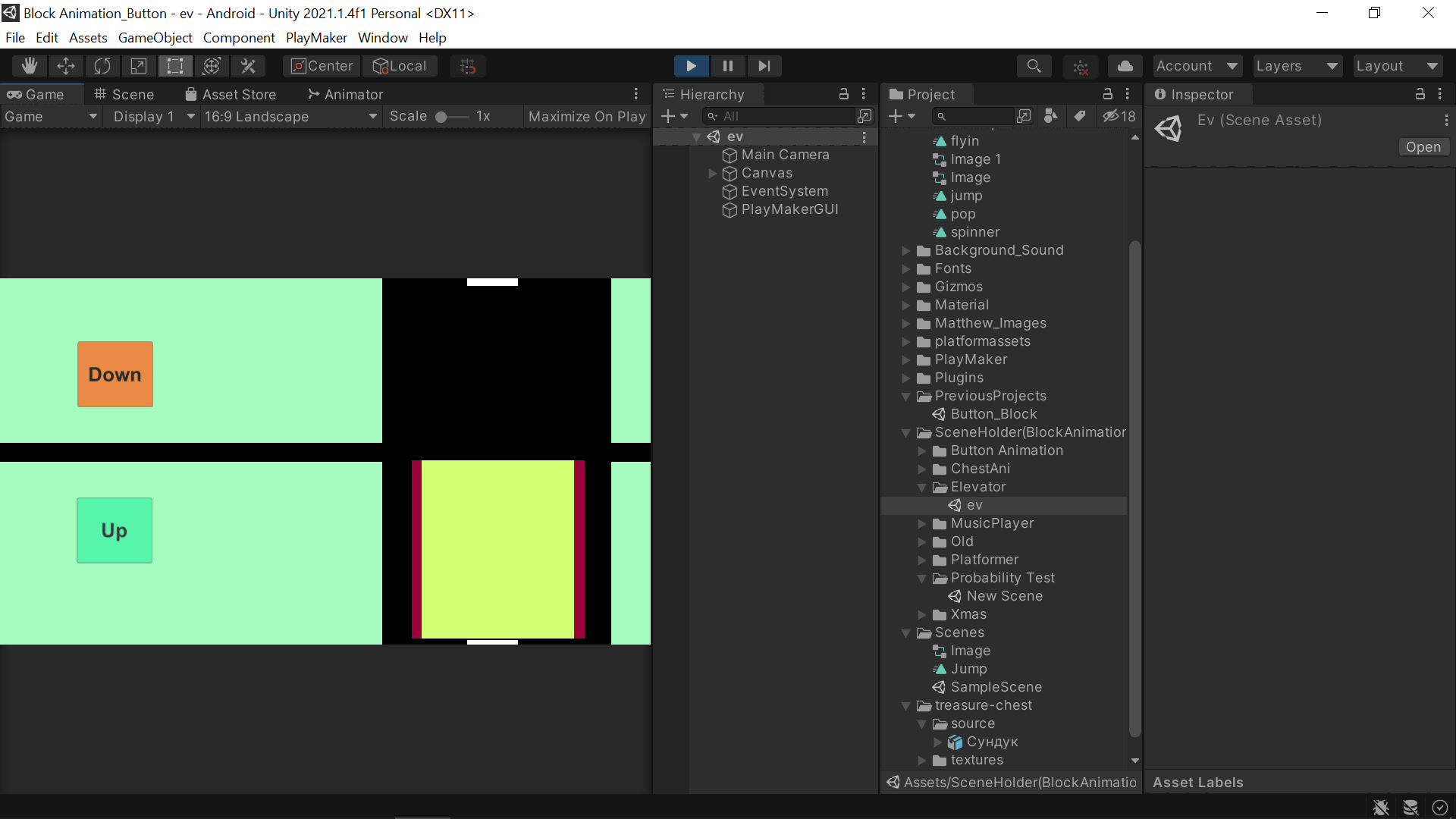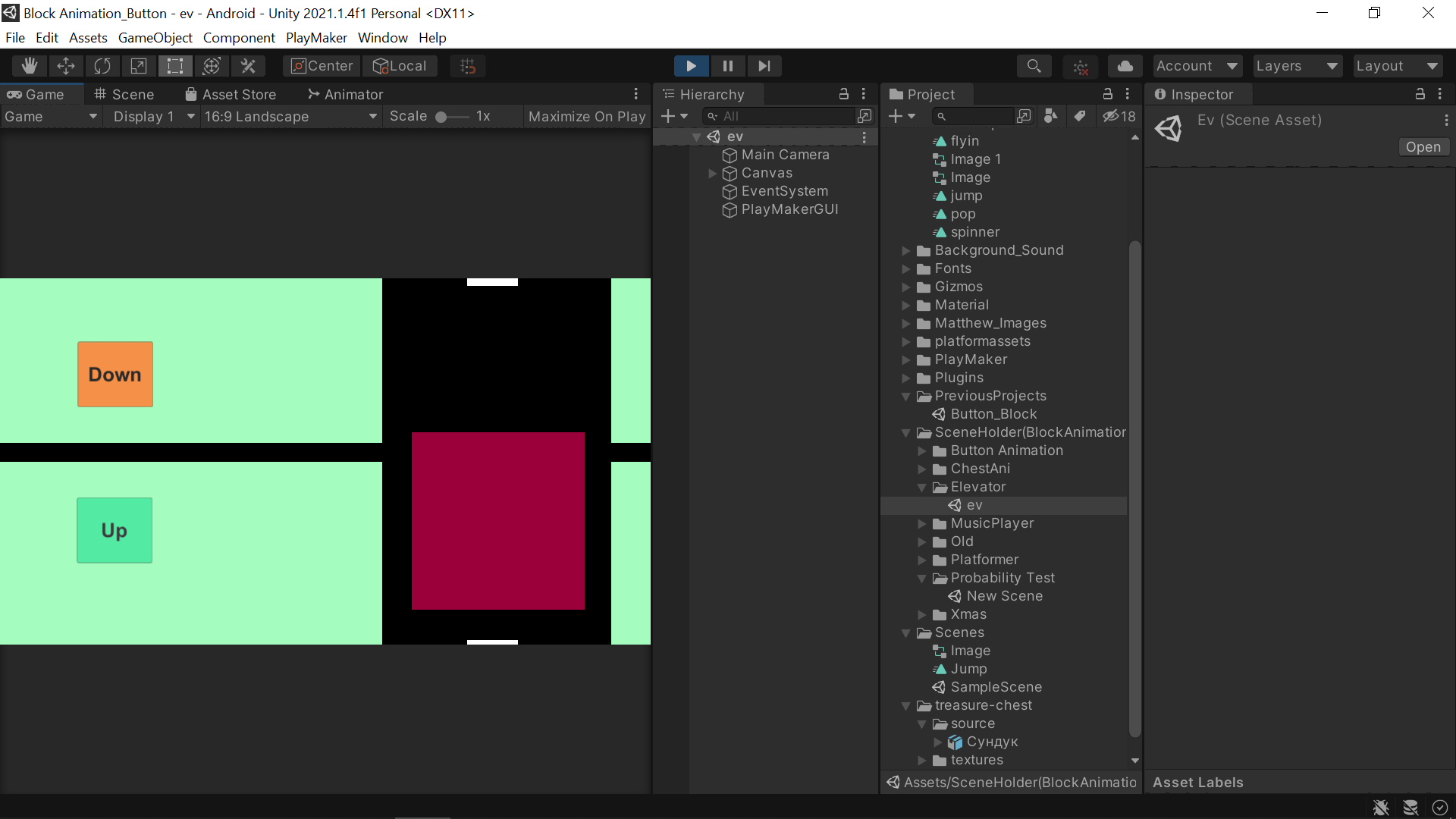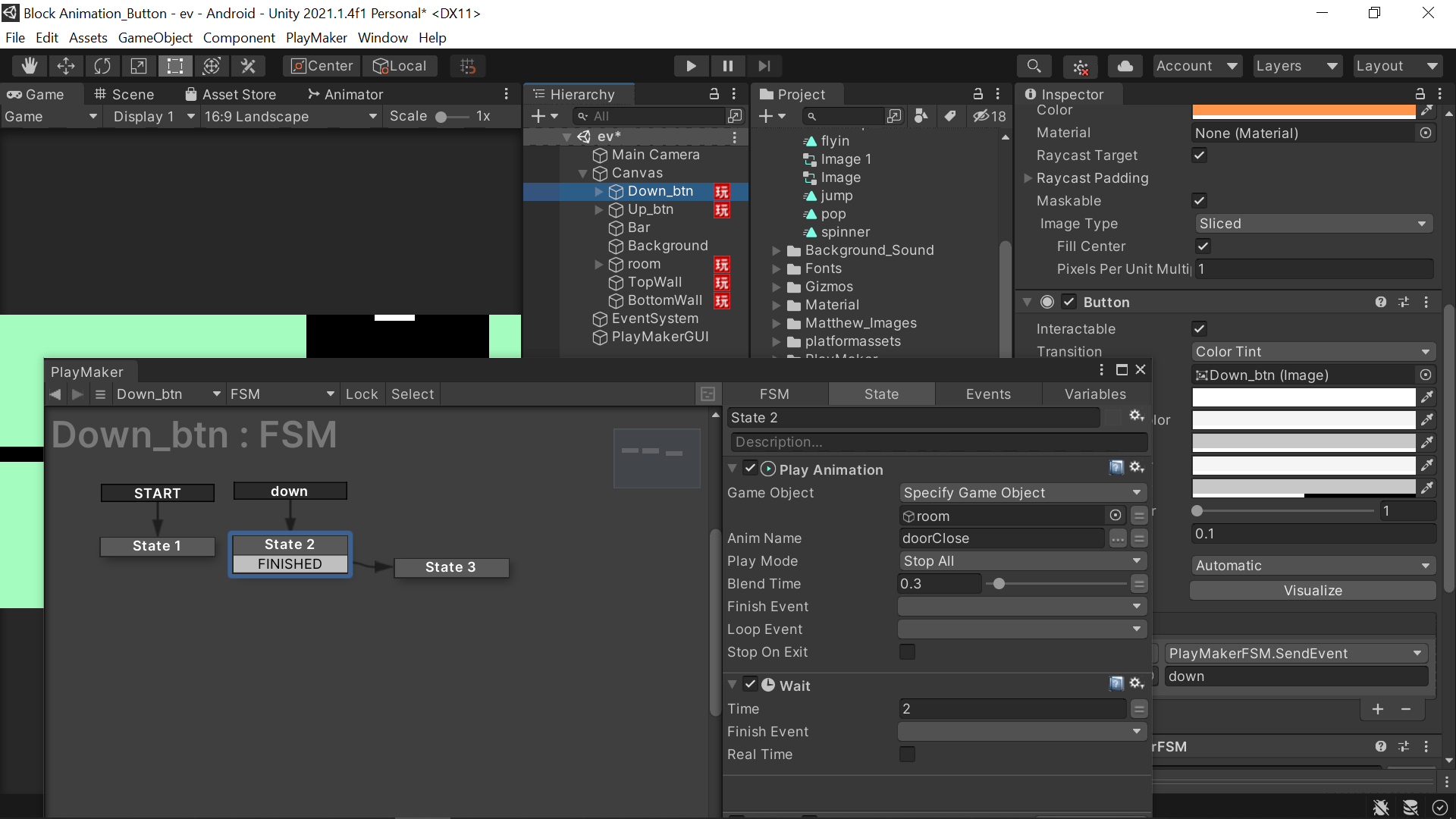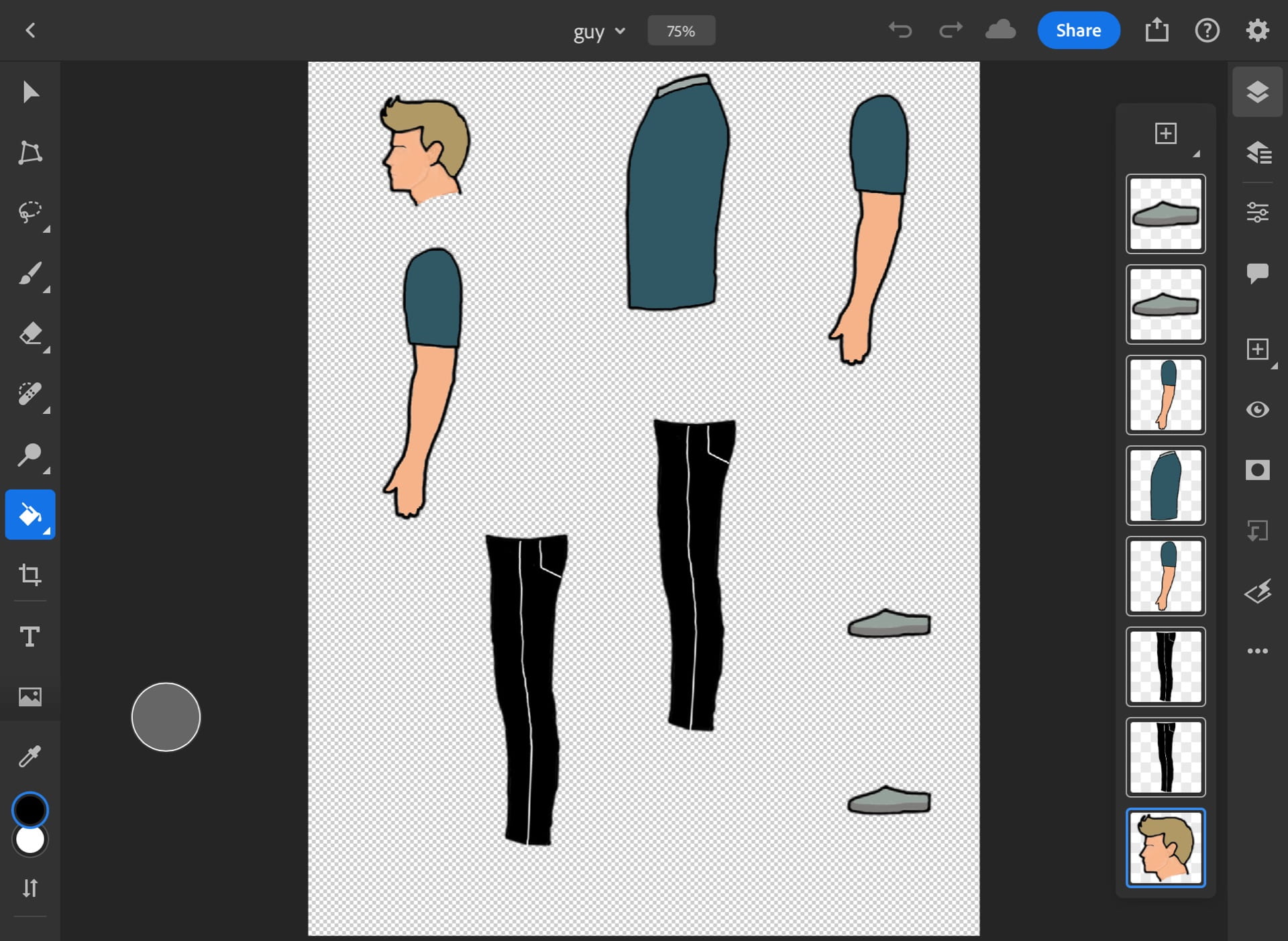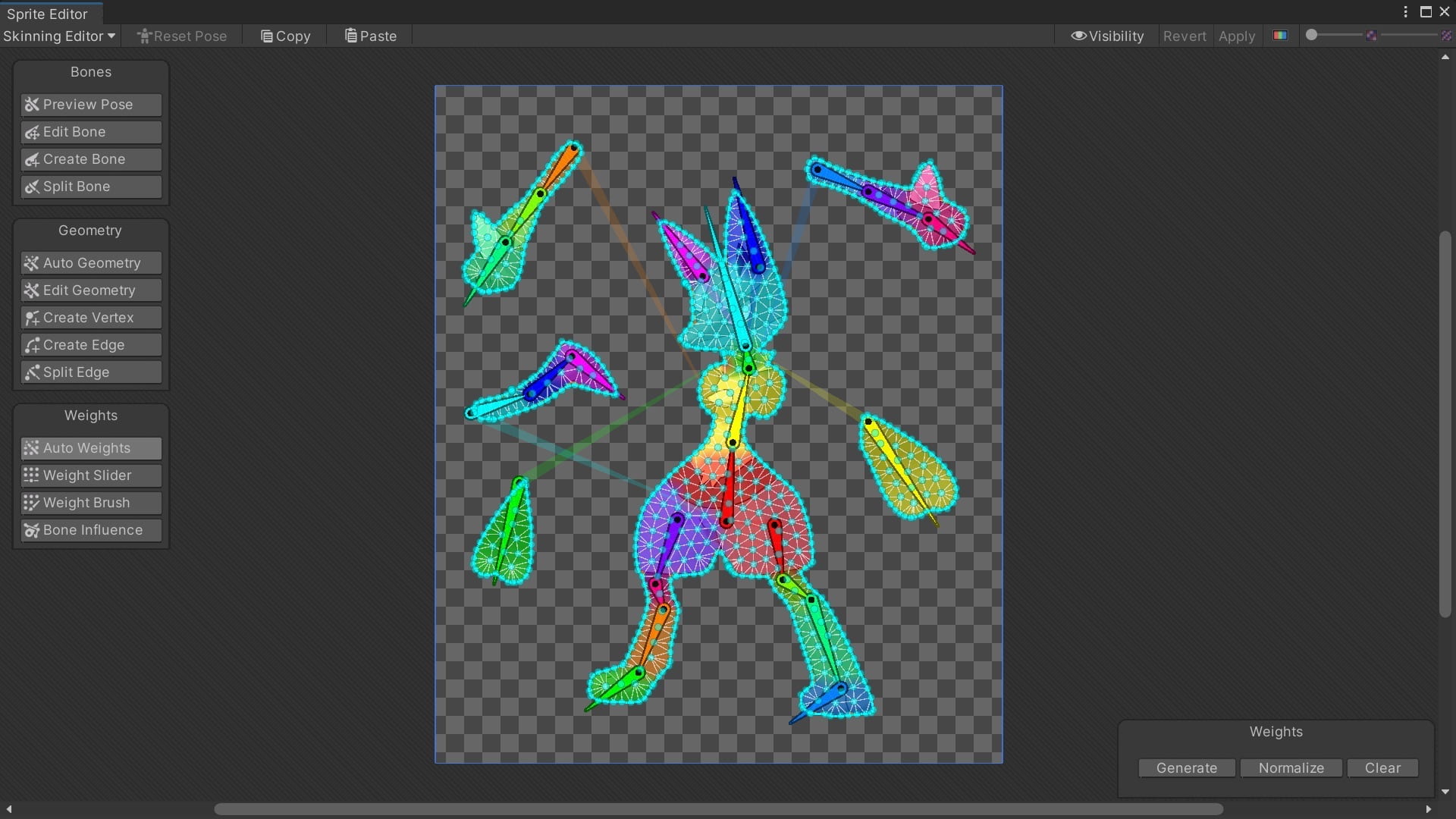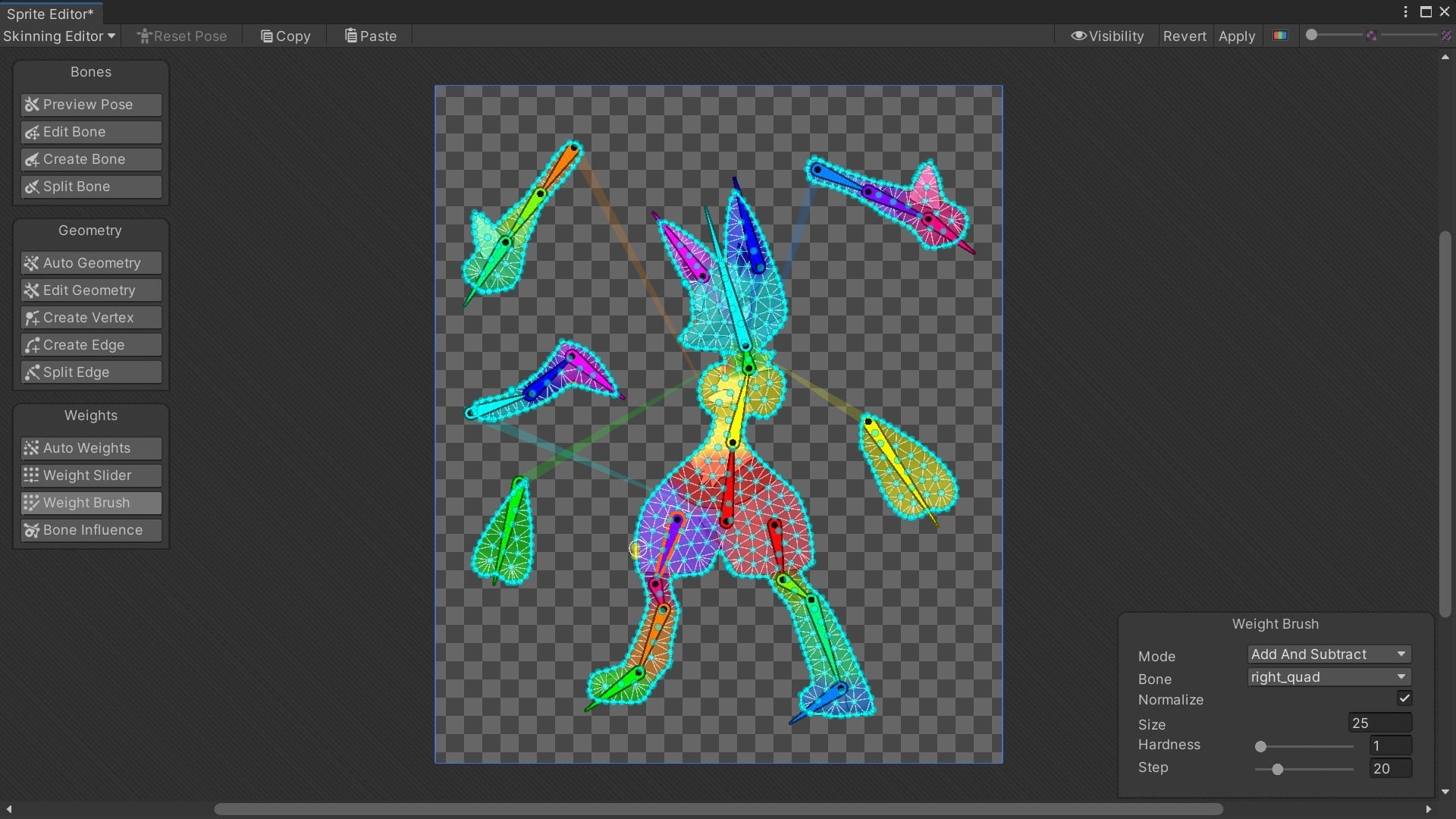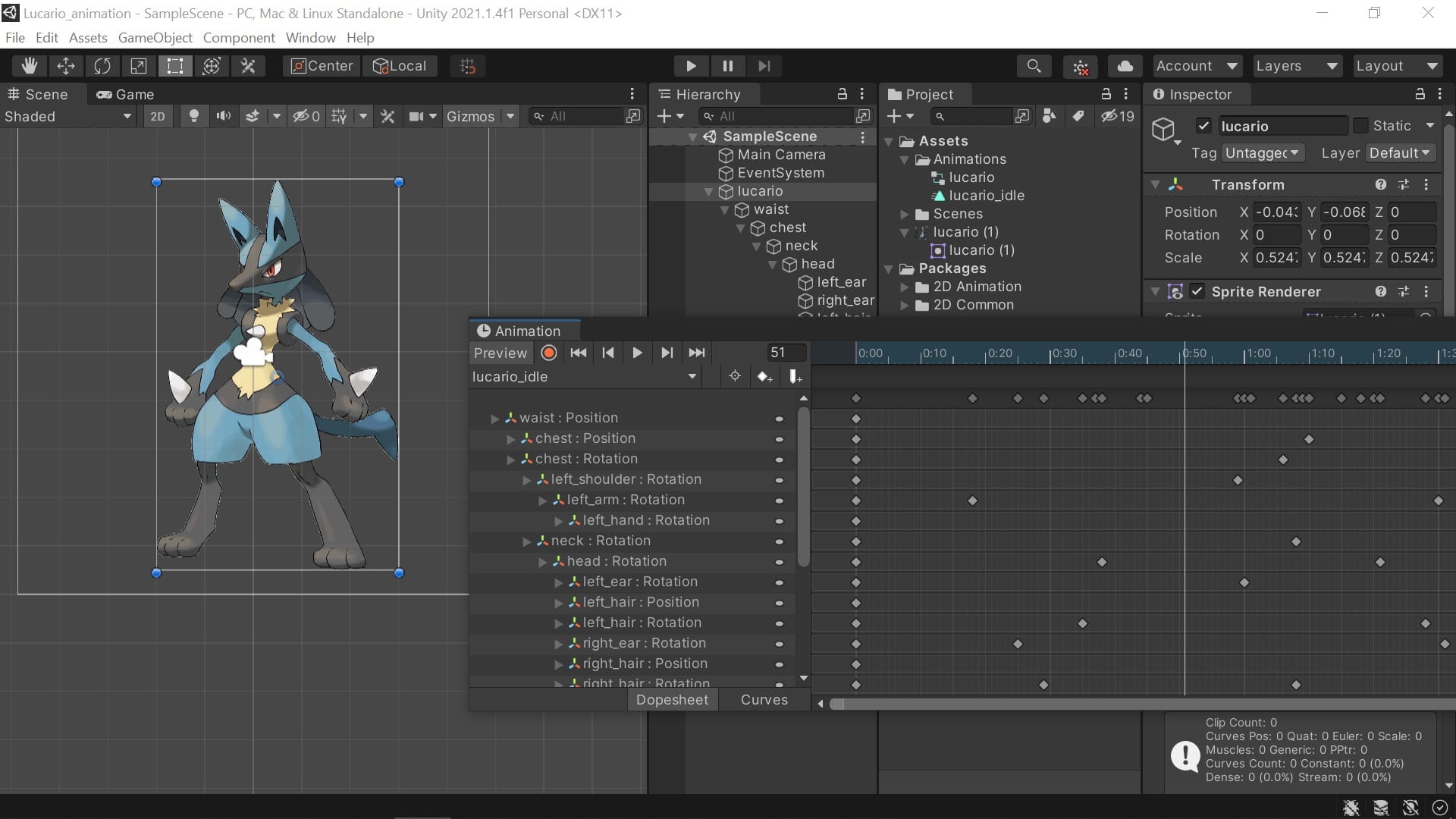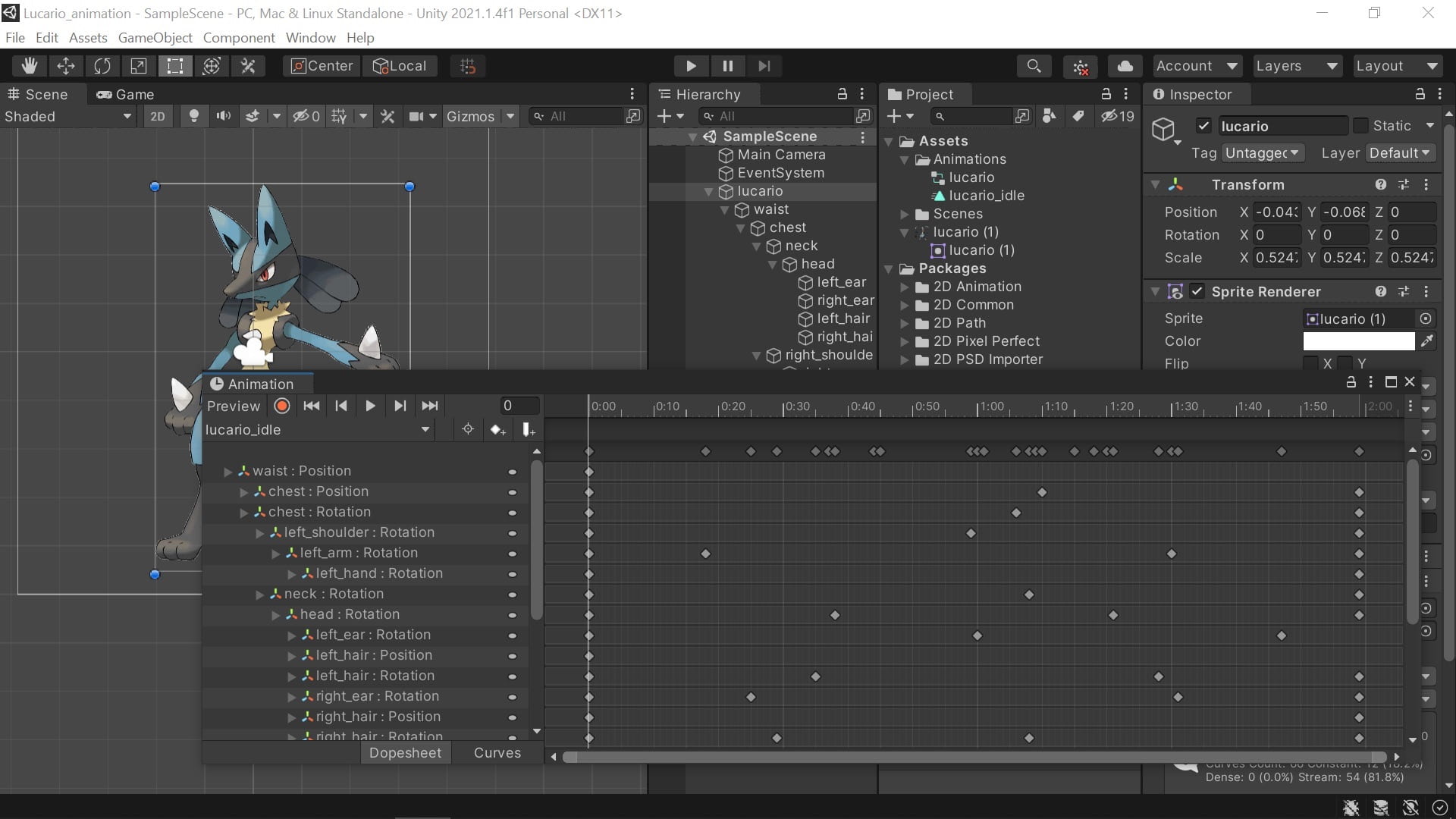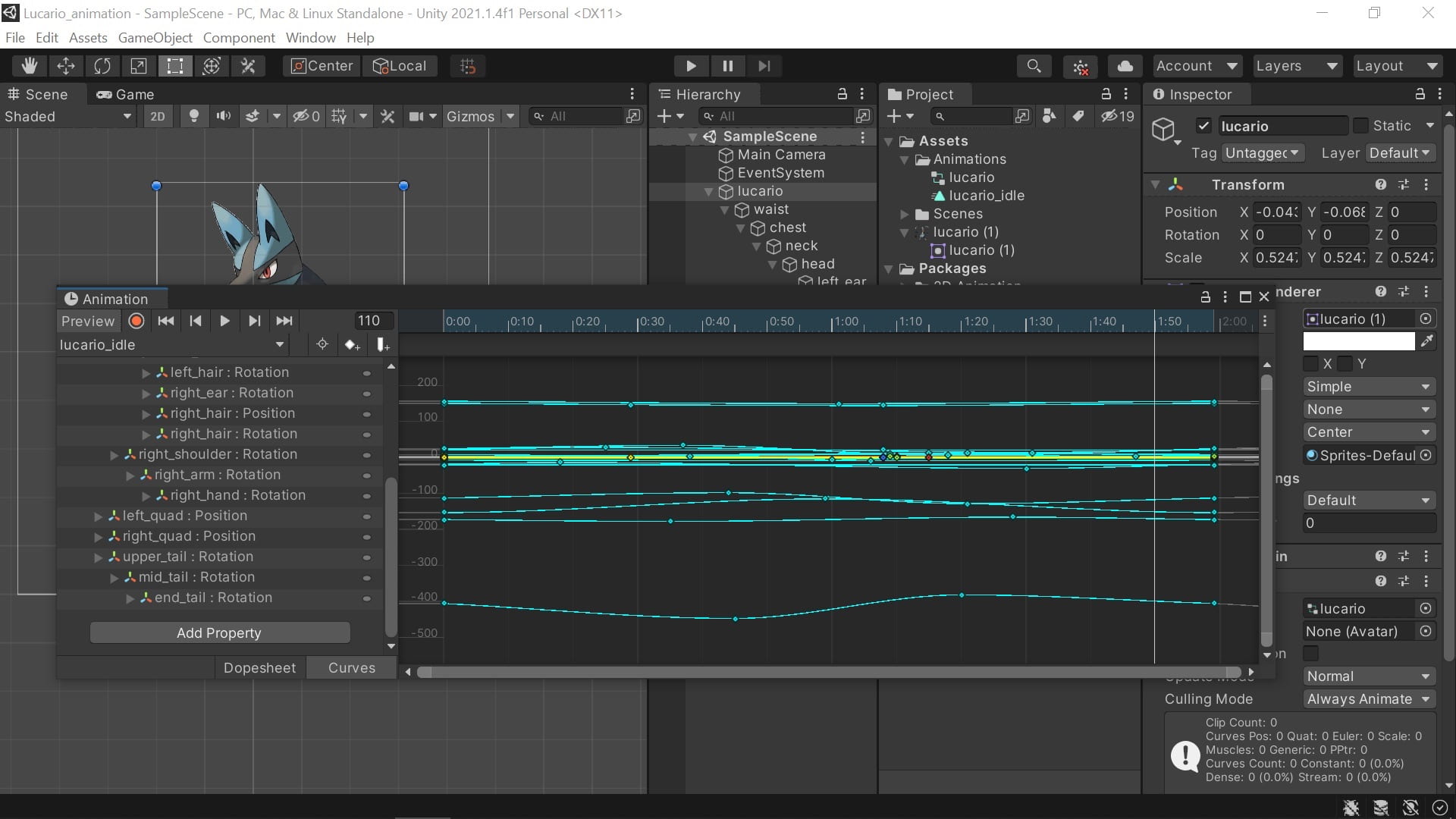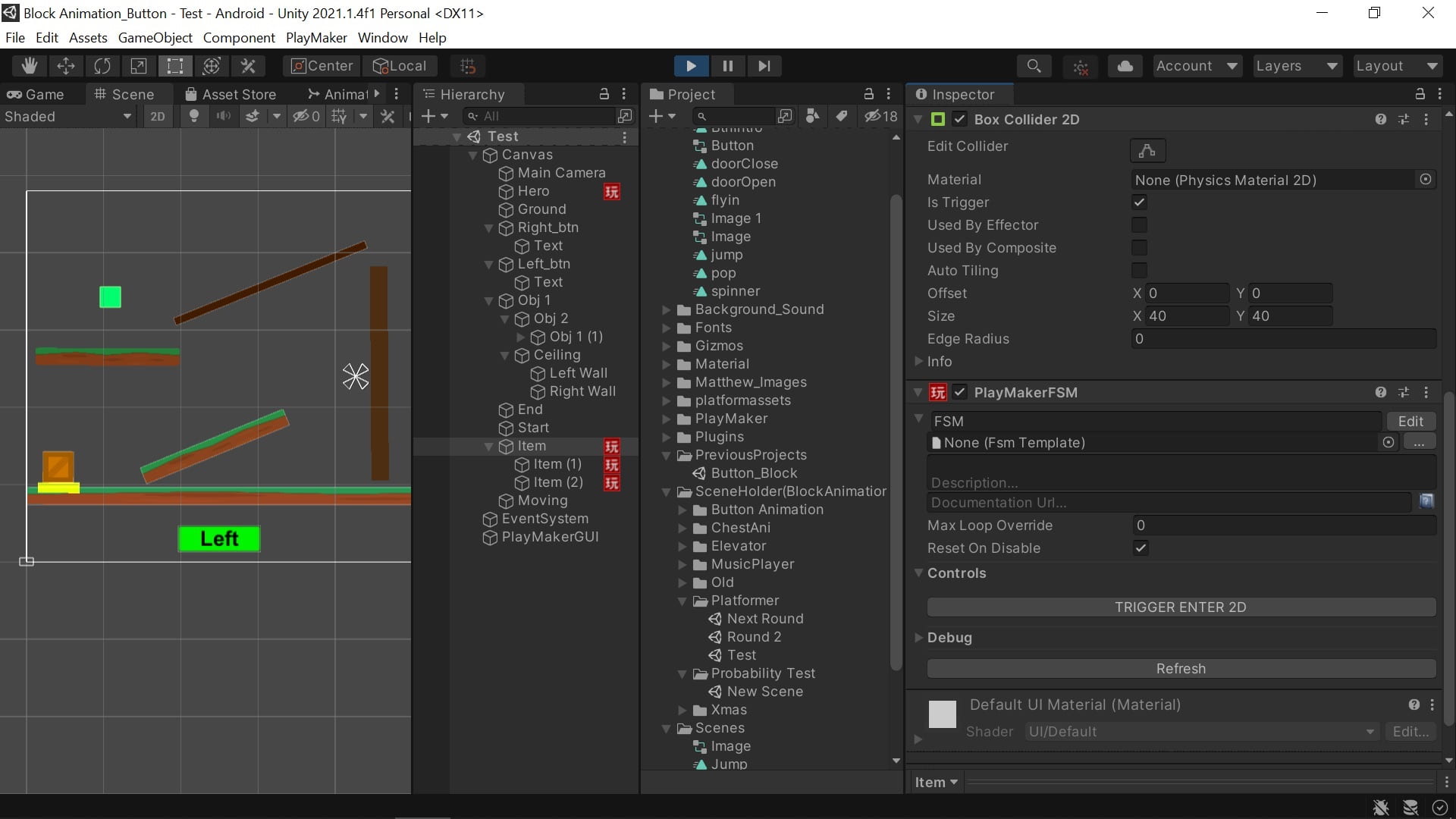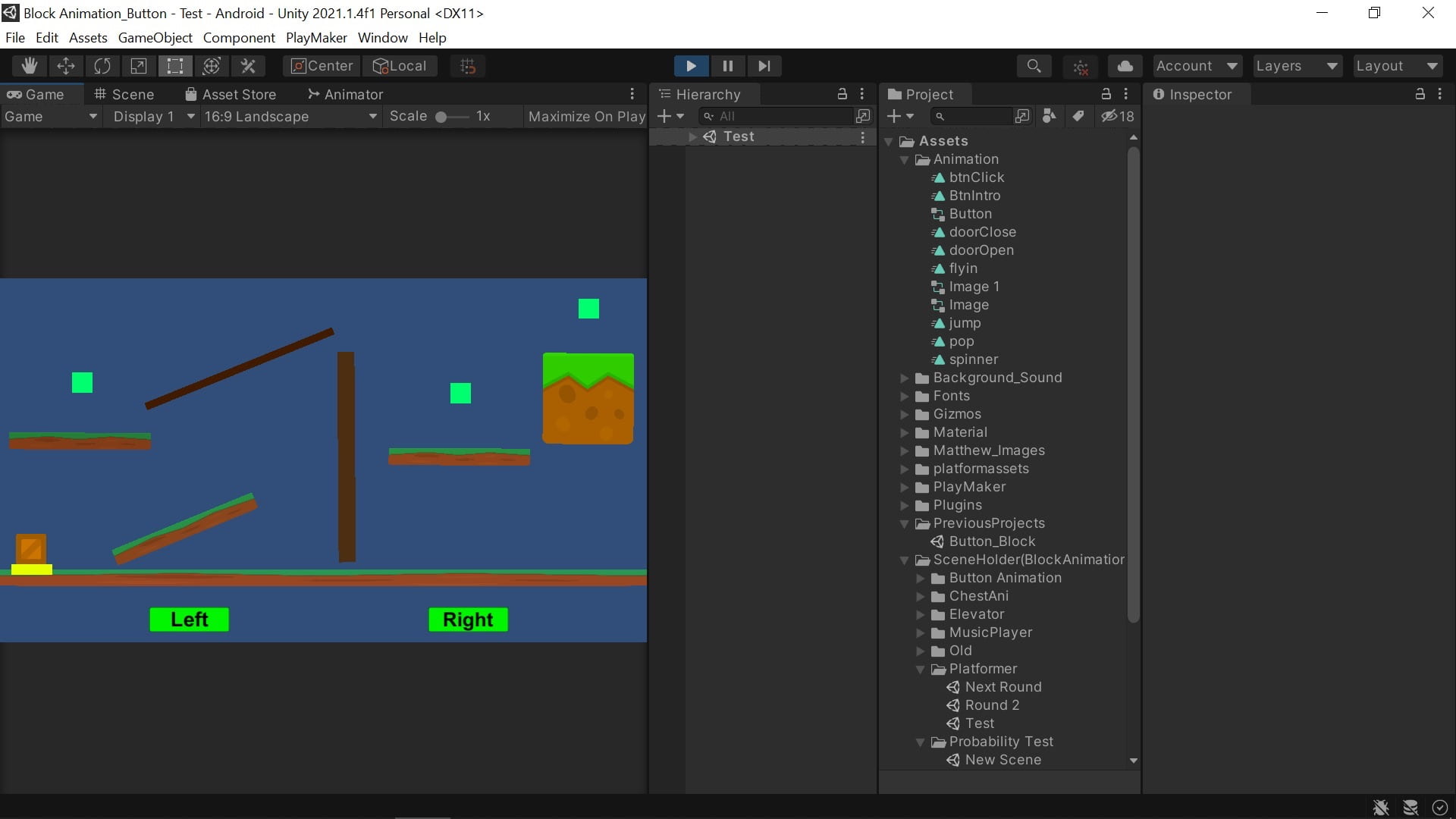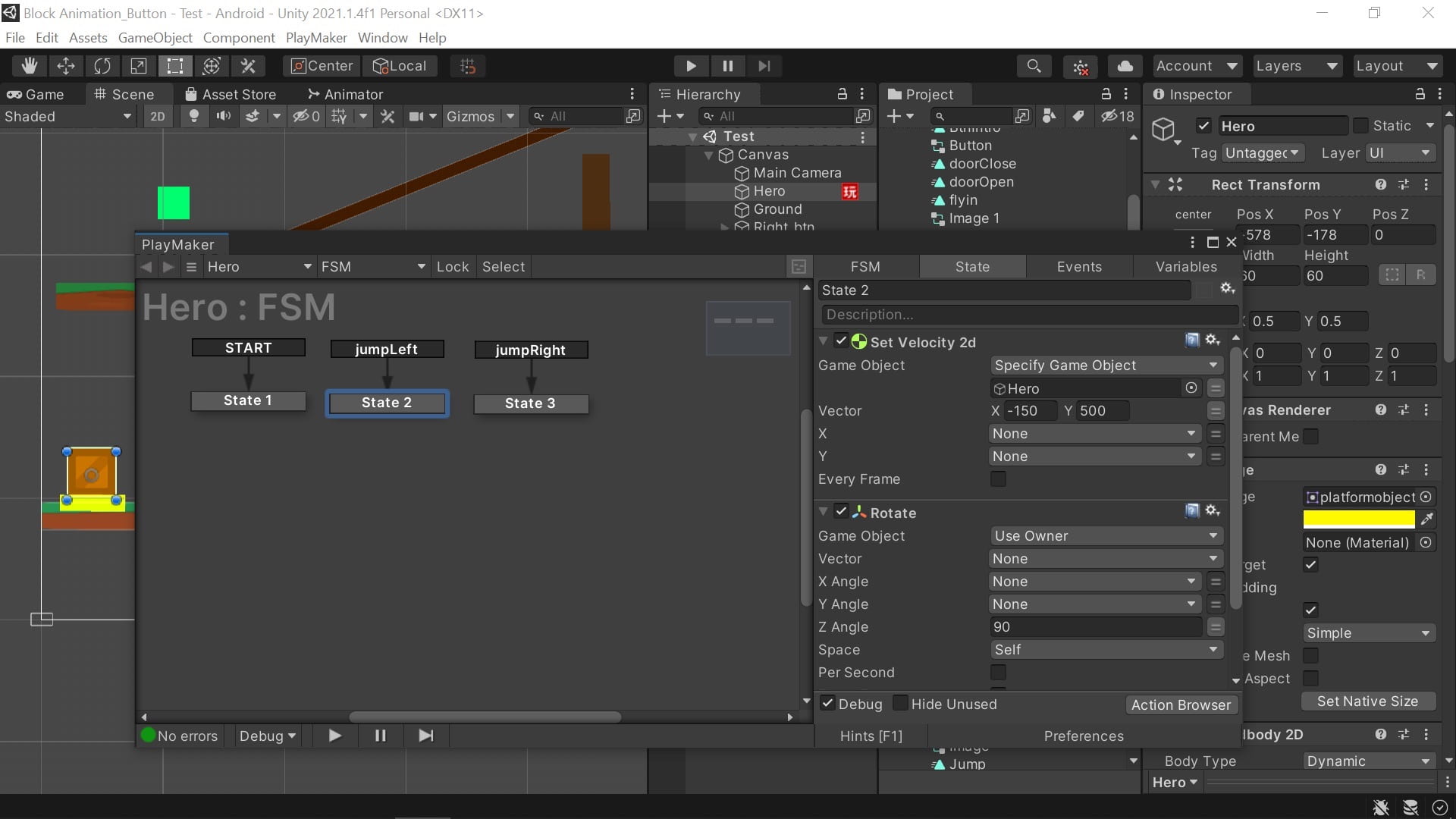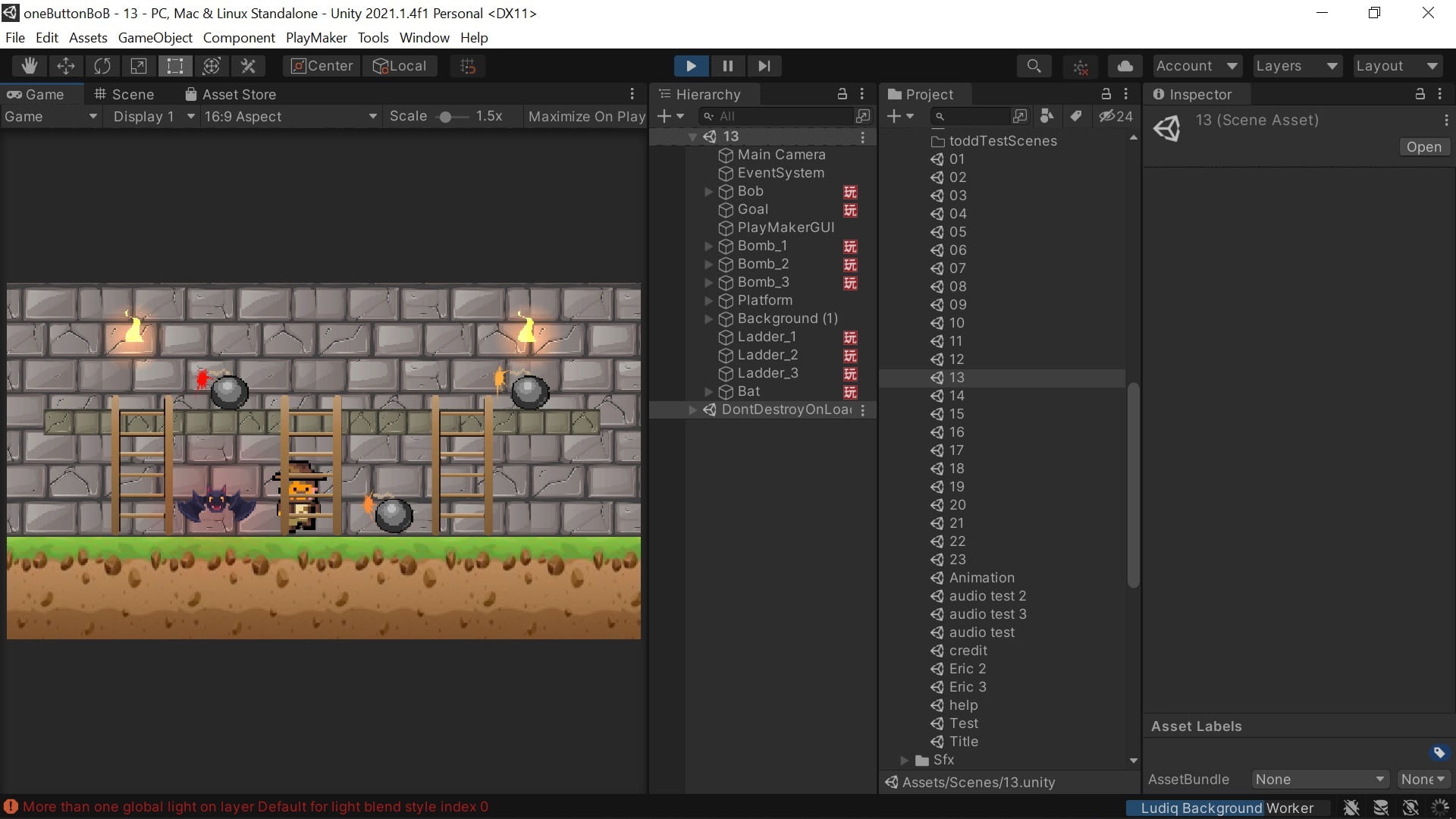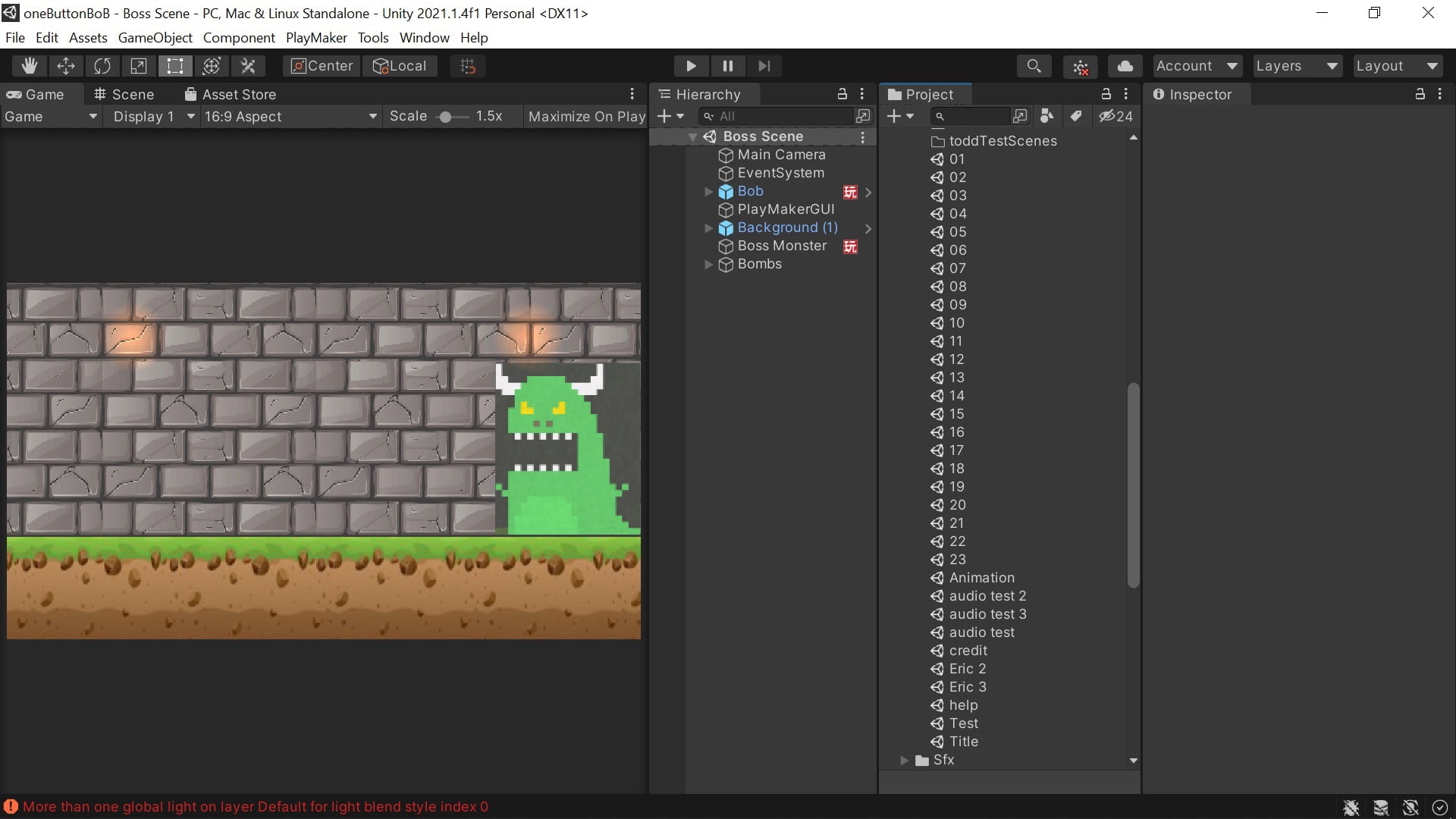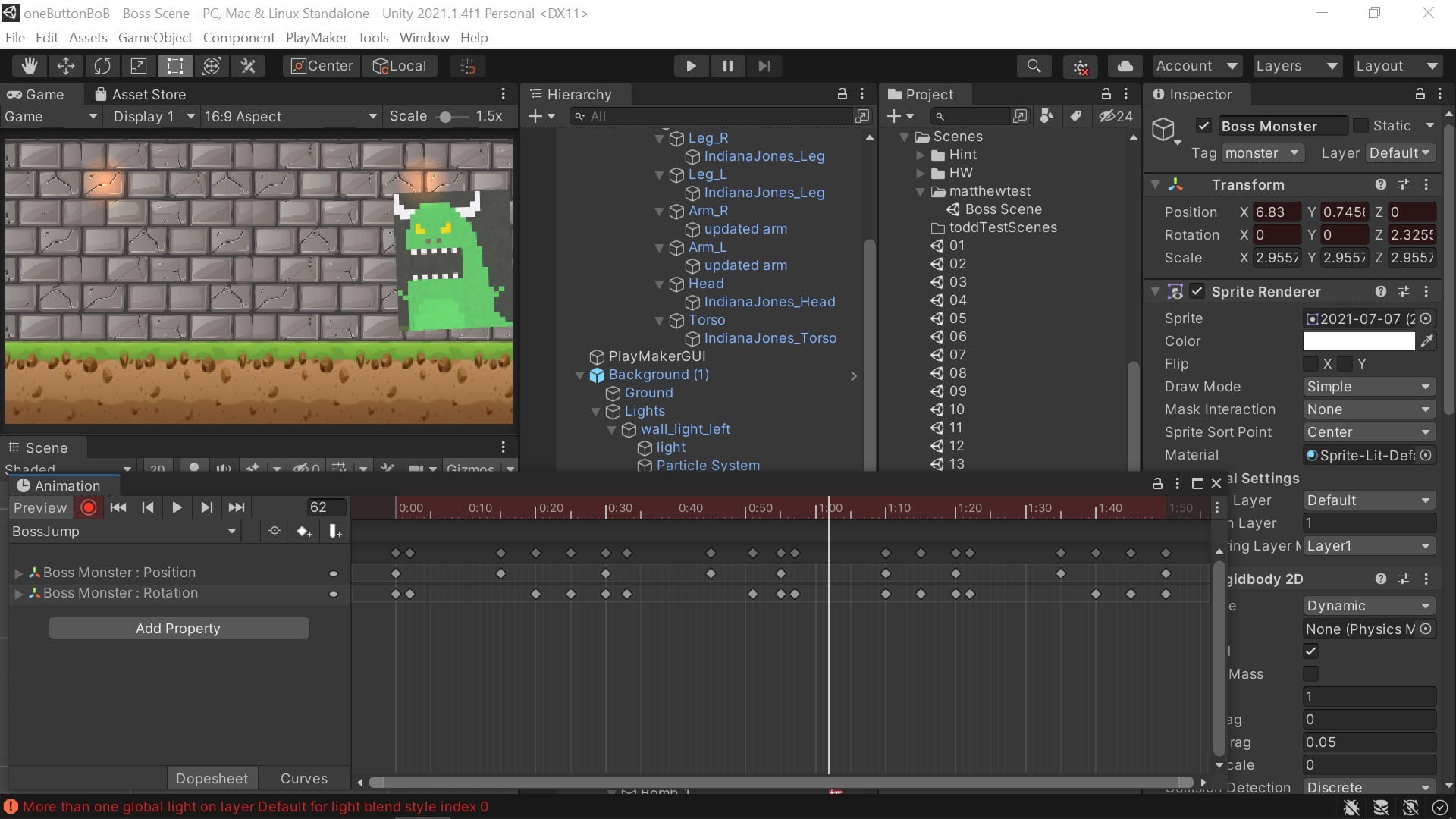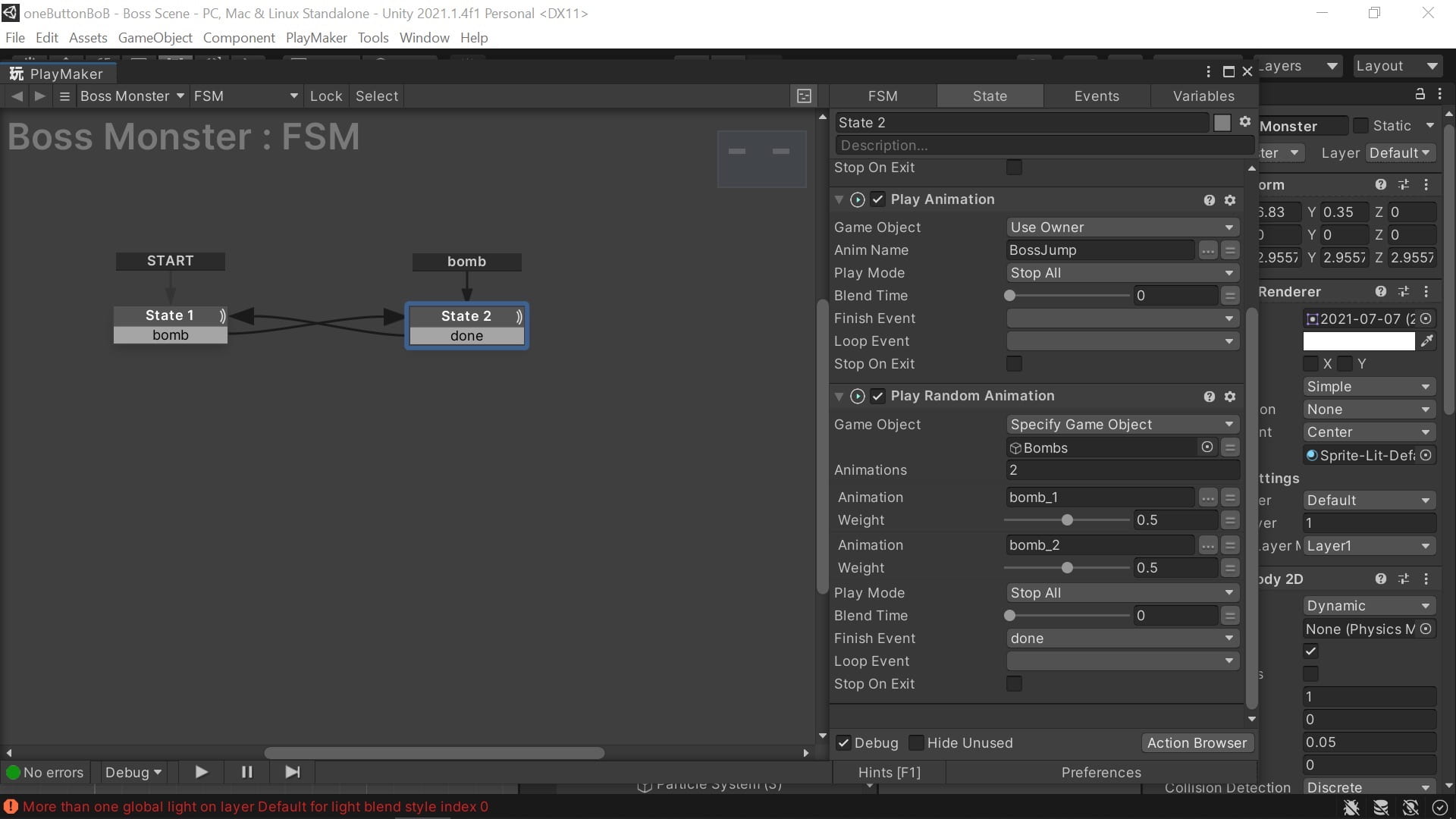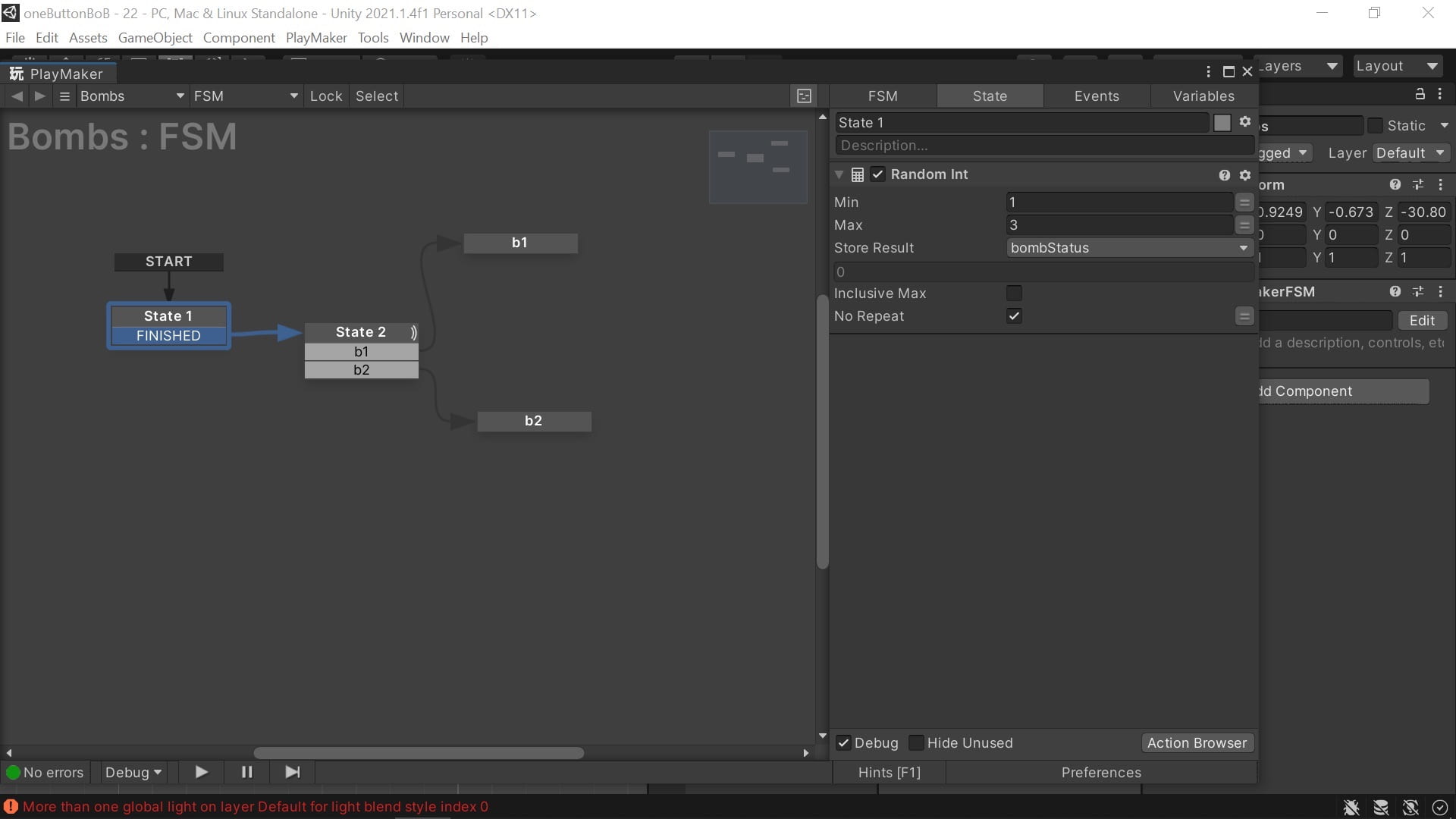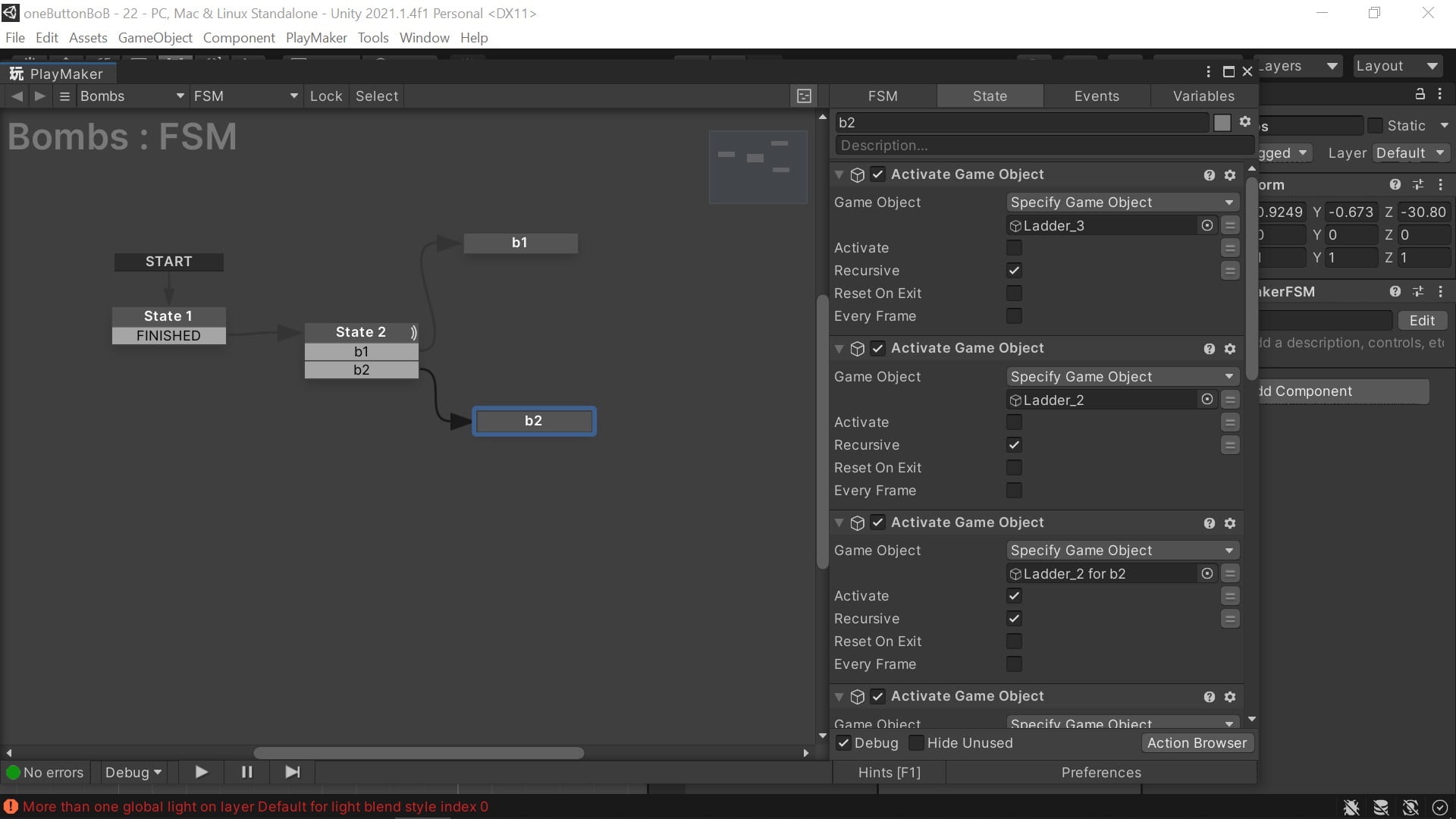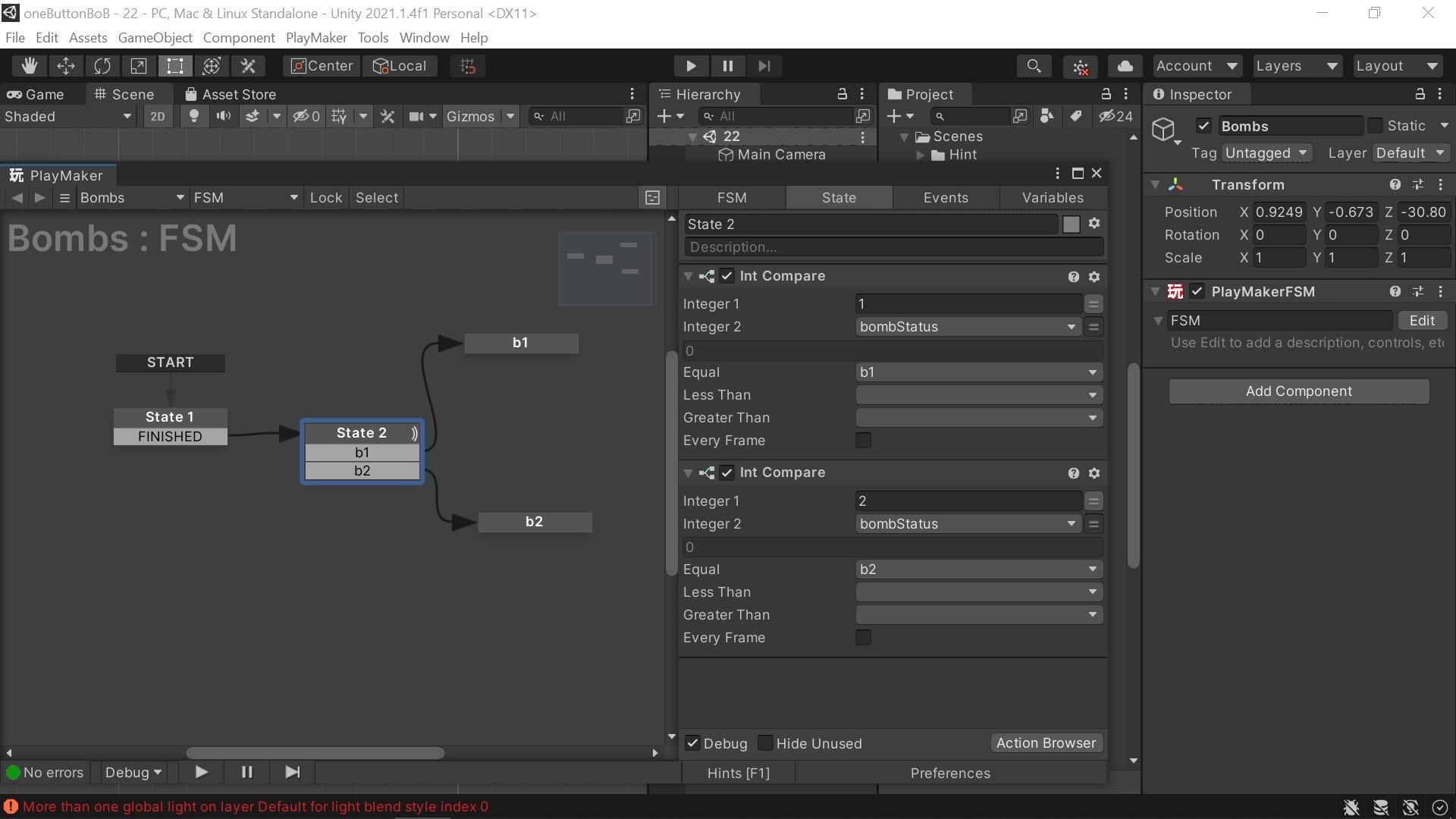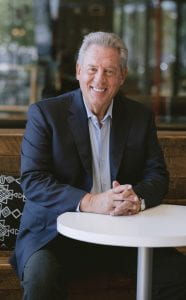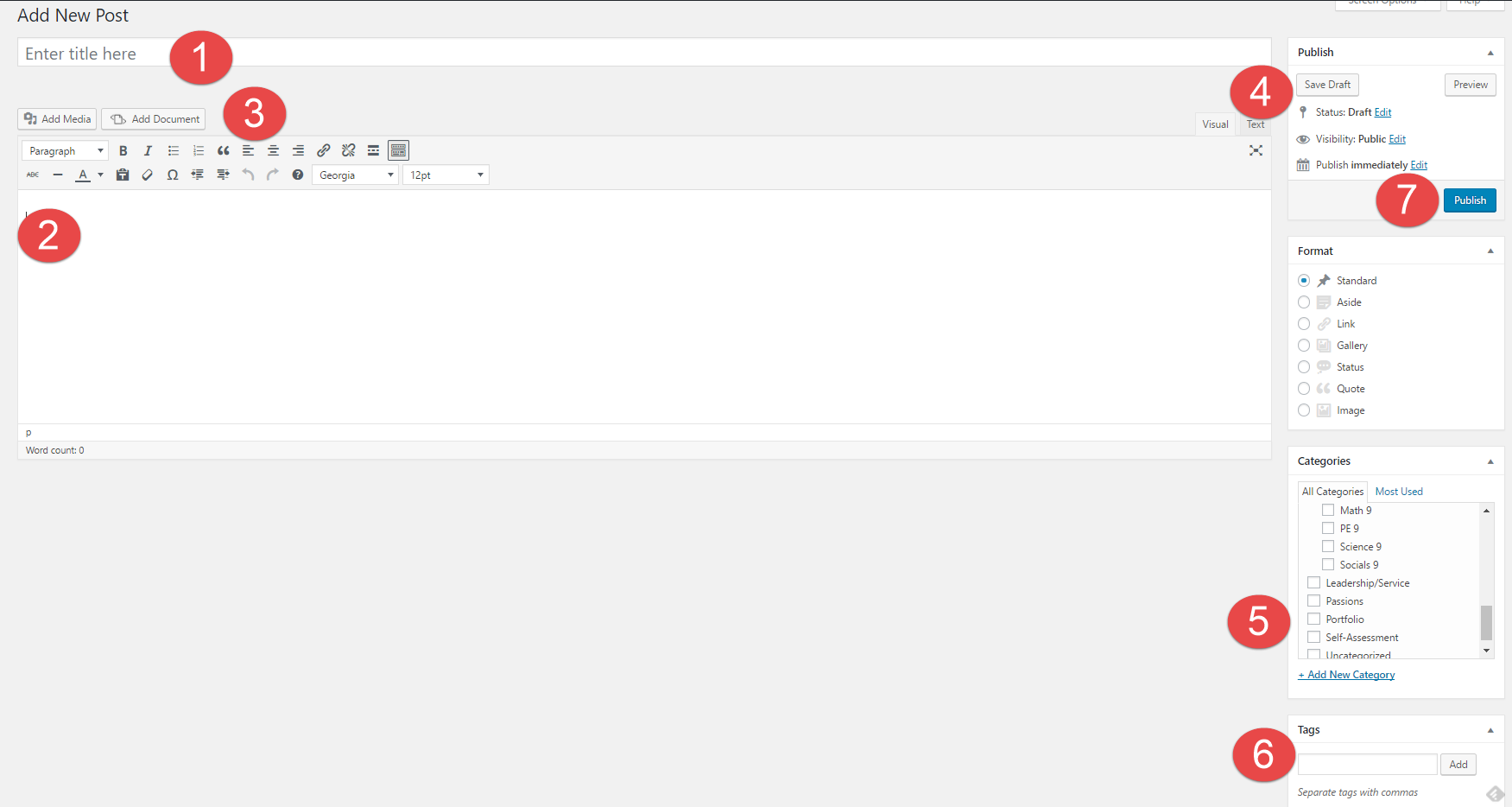1. What has been your most difficult mentoring challenge so far? Why?
The most difficulty I faced with mentoring was getting a mentor for my project. I contacted several people throughout my efforts to get a mentor, and I got my mentor thanks to a contact of a contact’s contact. The mentor I now have is Mr. Jason Harrison, who works at the Unity Headquarters and has a teaching license under Unity. The outcome was ideal as I am using Unity as the game engine for my project, which meant Mr. Harrison was the perfect fit. A common issue was the people I contacted specialized in not game design/development but programming.
Initially, I had reached a spoken agreement with my teacher from outside of school to mentor me. He taught me coding with Java and Python, animation and 3D modelling with Blender, editing with Pixlr & Photopea, and had previously worked with me on other game & app projects. That included Microbits, Unity, and a variety of other basic programs like Scratch. However, due to his work contract clashing with the volunteer paperwork, he had to step back from the role. (Bound by the same terms, his coworkers could not mentor me either.)
I then asked my eldest brother (who studies at BCIT) if he knew any friends or professors who would be willing to mentor me. My brother does not study game design/development specifically but does programming, which made him unable to mentor me directly. The search for a mentor amongst his contacts at BCIT ended up being unfruitful.
Next, I contacted my cousin (a GM at Samsung HQ) and asked if he knew anyone who would be willing to mentor me. Like my brother, my cousin professionalizes in programming and not game design/development, so he could not mentor me himself. Unfortunately, I could not get a mentor through my cousins either.
At a loss, I talked with Ms. Mulder about my situation, and she suggested that I ask the teachers in the Technology Education Department if they could mentor me. Ms. Mulder also suggested talking to peers who have topics similar to my In-depth topic. So, I sent Mr. Linburg and Mr. Findley e-mails inquiring if they could mentor me. I also asked Braeden if he knew someone that could mentor me because our projects are very similar. And it was through the contact Braeden introduced – Ms. Lena Bagh – that I eventually got Mr. Harrison as my mentor.
2. What is working well? Why?
Communication between my mentor and I has been solid throughout the project. Through a combination of weekly check-ins via Google Meet and e-mails through Outlook, I have been able to stay in close contact with my mentor. A degree of respect sprouts out of that communication. For example, when one of us misses a meeting, we e-mail and let the other person know ahead of time. When my mentor or I cannot make a meeting, I send him my progress report through Outlook. I also ask him any questions I have so that a missed check-in does not present itself as a huge setback.
3. What could be working better? How can you make sure this happens?
Although meetings have generally been going well, I believe there is room for improvement. We have missed quite a few check-ins due to emergencies and business-related events. While work and emergency issues cannot be dealt with too well, I can be more diligent with my e-mail progress reports in the absence of Google Meet check-ins. Furthermore, I can think more about what I need to ask my mentor before check-ins.
Progress Report (Previous Progress Recap)
